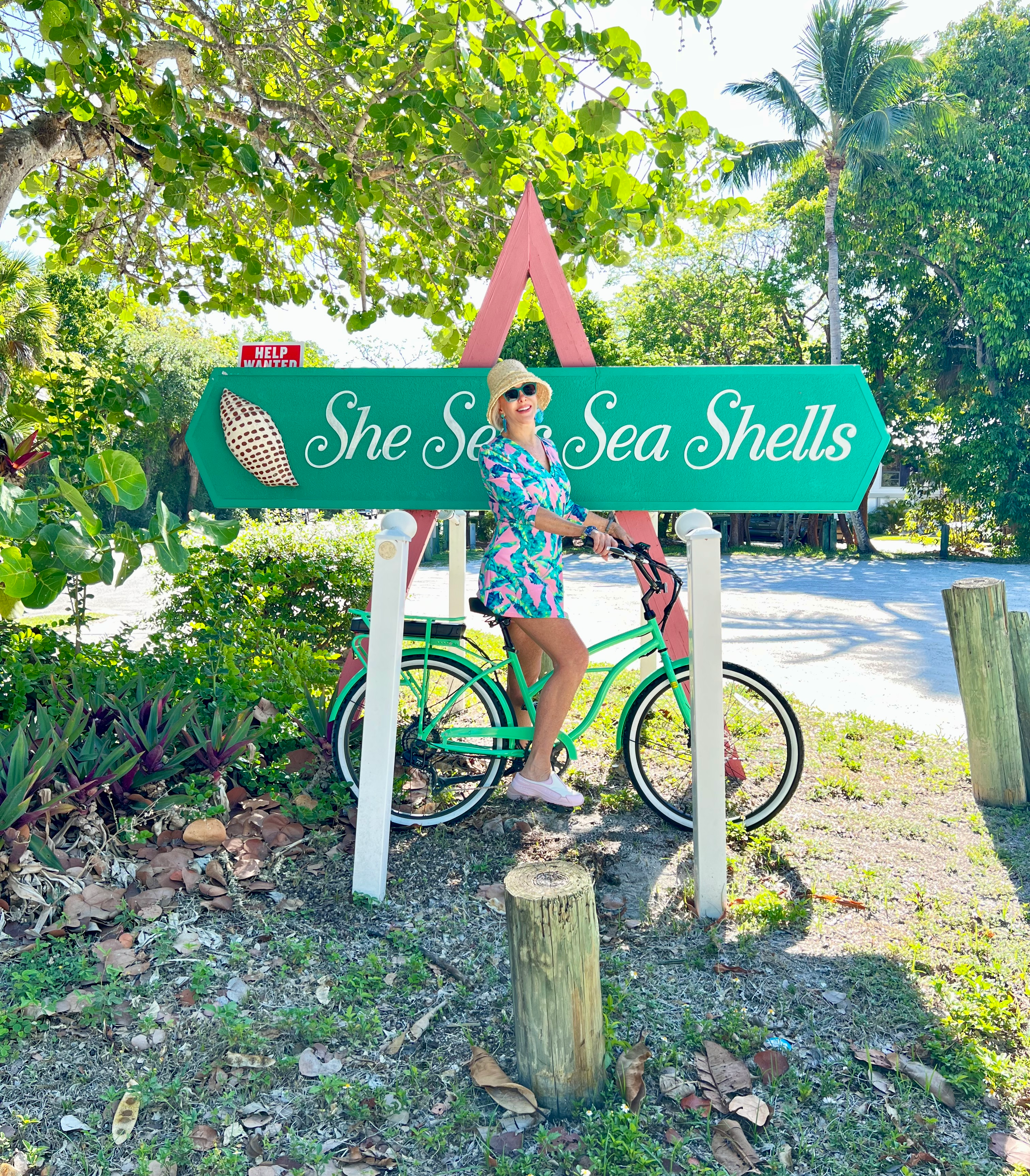E-Bikes & Bikes Customised to You
Understanding Coaster Bikes: | Coast Brakes & Handbrakes Explained
Dustin Gyger
Updated On: April 19, 2023
So, you're ready for a new bicycle. You’re looking at various coaster bikes or cruisers, and it's probably a pretty exciting time for you…but don't get overwhelmed by the choice. There's a lot to consider in terms of options, and generally speaking, it's a good idea to have a clear idea of which coaster bikes are available before you buy a bike online or in a store. With that in mind, we've prepared a series of handy guides on some of a coaster bicycle’s most common components. This one's all about brakes. More specifically, the differences between the coaster brake, and the handlebar mounted handbrake.
First, let's be clear on what we're talking about here.
Coaster Brakes
Coaster brakes are internal. They're operated by the rider moving their feet in a backwards motion. They're more common on 'cruiser' type bicycles or coaster bikes. Coaster brakes are particularly helpful for disabled riders, who may lack the dexterity to pull a handbrake with their fingers. Typically, owing to their lack of components, these brakes a lot easier to maintain than handbrakes. Having less hardware also helps with the aesthetics, doing away with the unsightly cables common with other braking systems. Another neat thing about the coaster brake is that they will work great in any weather condition. This, again, is due to their internal mounting on coaster bikes.
Bicycles fitted with coaster brakes are incredibly popular in central Europe, where the roads are generally flat and the bicycles are plain and efficient.
While the brakes themselves are easier to operate with a coaster system, actually getting going can be a little trickier. Novice riders should be careful when starting to pedal from certain pedal positions as accidents are common.
One drawback of the coaster brake is that you have no backup if it fails. It's always wise to have a second lever-operated front brake fitted to your bicycle. It could just save your life!
Handbrakes
Handbrakes are those little extra handles on the handle bars. They are activated by gently pulling on them. This tightens a chord running down the frame of the bicycle, where it causes two pads to press onto the frame of the wheel or a specialized metal disk. This in turn causes the bicycle to slow down. Unfortunately, owing to their external nature, traditional handbrake systems are less likely to work efficiently during wet conditions. The moisture on the pads will reduce the potential friction on the contact surface.
Owing to the fact that bicycles fitted with one handbrake are usually fitted with two, the risk of one failing is greatly reduced. It would be very unlucky indeed to have them both shut down simultaneously on you!
There are quite a few different styles of handbrake-driven breaking systems. The most common ones are:
Disk Brakes
Disk brakes are similar to car brakes. They have a designated metal disk mounted on the wheel that the pads clamp onto. They are a highly efficient method of braking, but they can get hot.
Some downhill mountain bikes actually have cooling systems built onto the mounted braking unit. This overheating would only be a concern in very extreme conditions. Disc brakes do work considerably better in wet conditions than traditional rim brakes.
Rim Brakes
Rim brakes are cost-effective, reliable and easily maintained breaking solution. They will be more than responsive enough for the vast majority of cyclists. They differ from disk brakes in that the pads are mounted on either side of the wheel rim itself. They're a great low cost option, but they can misbehave in wetter conditions.
Handbrakes, in general, are the favored style of brake for more advanced riders. Precise cornering relies on the ability to 'feather' braking for less skidding. This flexibility in the application of force allows skilled riders to negotiate seemingly impossible downhill trails at breakneck speed, something that would be simply impossible using a coaster brake.
So, which braking system is for you? Well to answer that, you really need to address your riding aims. What are your ambitions? Are you riding for transport or pleasure? Are you perfectly happy on the concrete, or would you rather take it off-road? Are you interested in coaster bikes or robust mountain biking?
Coaster Bikes or Mountain Bikes?
Consider choosing coaster brakes if:
- you're buying the bicycle for someone who struggles to grip with their hands
- it's a bicycle purely for the road
- you don't like the idea of all those cables and dread the thought of getting your hands dirty if they break
- you're buying a street cruiser style bicycle or coaster bike
Consider choosing handbrakes if:
- you have ambition of going off road at all
- you enjoy the idea of tinkering with components when they fail
- you’re a fully able-bodied, experienced cyclist
There's a lot to ponder, but hopefully we've managed to get you thinking about the most important factors you need to consider when it comes to choosing the brakes for your new ride. At sixthreezero, we'd love to help you choose the right bike. Happy pedaling.
Fit






